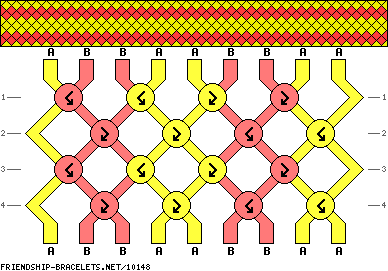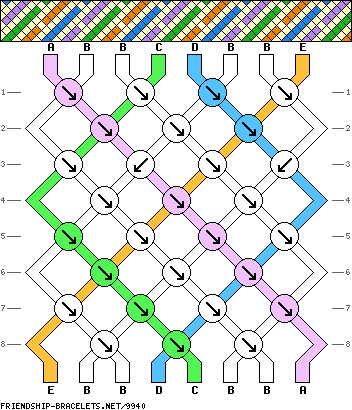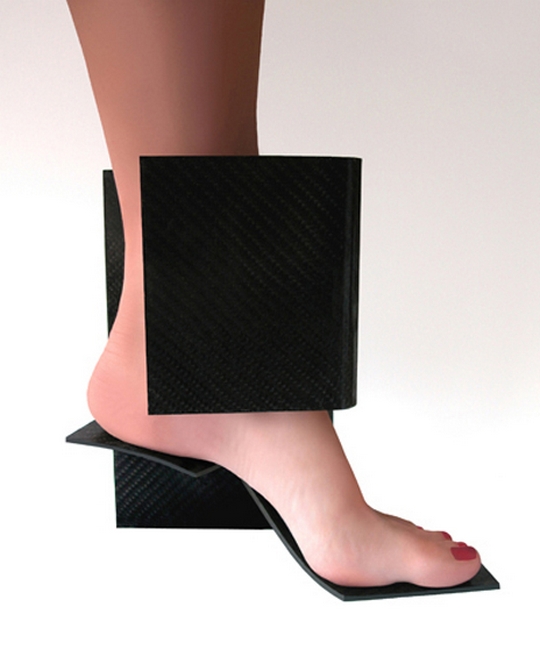Friendship bracelets are a traditional summer camp past time. On long bus trips, I usually break out the string box, have the kids pick their colors and either teach them the patterns, or macrame them myself. If it had been any other summer, I wouldn't have regarded the bracelets with any sense of wonder other than "wow, those colors look cool together." A summer after my first year of grad school however, has caused me to examine even something as simple as a Chinese Staircase - how would the great textile scholars classify this adolescent form of art?
Looking back on my notes and materials, I discovered that these patterns are not woven or knit structures. According to Irene Emery's The Primary Structures of Fabrics: An Illustrated Classification, macrame consists of "...inter-working the free-hanging elements of a single set into a fabric" it is considered to be inter-knotting, not inter-looping (as in knitting or crochet, which uses a continuous element) or regular weaving. Macrame is also different because it is formed "...by knotting elements round adjacent elements, first to one side and then to the other."
For those unfamiliar with Emery's work, elements are objects used in the process of weaving, knitting or knotting. Typically these are threads, but can be anything - hair, metals, plants, etc. These often form the base of textiles; things like beads, sequins, and embroidery are considered "applied elements" because they are added post-process and are not integral to the weave, knit or knot structure.
The pattern I use the most often is the Cobra, which happens to be your typical macrame knot all the way through. From this closeup, it is clear how this pattern is inter-knotted, not just looped (as many often think).

Friendship bracelet enthusiasts have developed their own patterns very similar to those Emery and her contemporaries use to visually describe structures. Again, knotted and woven patterns should not be confused; rather, these are examples of how people interpret these techniques.

Todd's Knitting Blog



Todd's Knitting Blog

Fiber to Fabric (Potter and Corbman).

This is why I love grad school; I readily apply knowledge from the classroom to simple, everyday activities such as making bracelets for campers. I never call them out if I over hear them say "and then you weave it like this" - they are too young to really comprehend the difference. But it does make me feel intelligent to know and recognize the difference (insert smiley emoticon).
______________________________________
Further Reading
______________________________________
Further Reading
Alderman, Sharon. Mastering Weave Structures: Transforming Ideas into Great Cloth.
Earnshaw, Pat. Identification of Lace.
Watson, William. Advanced Textile Design.
Friendship-bracelets.net (just for fun!).






